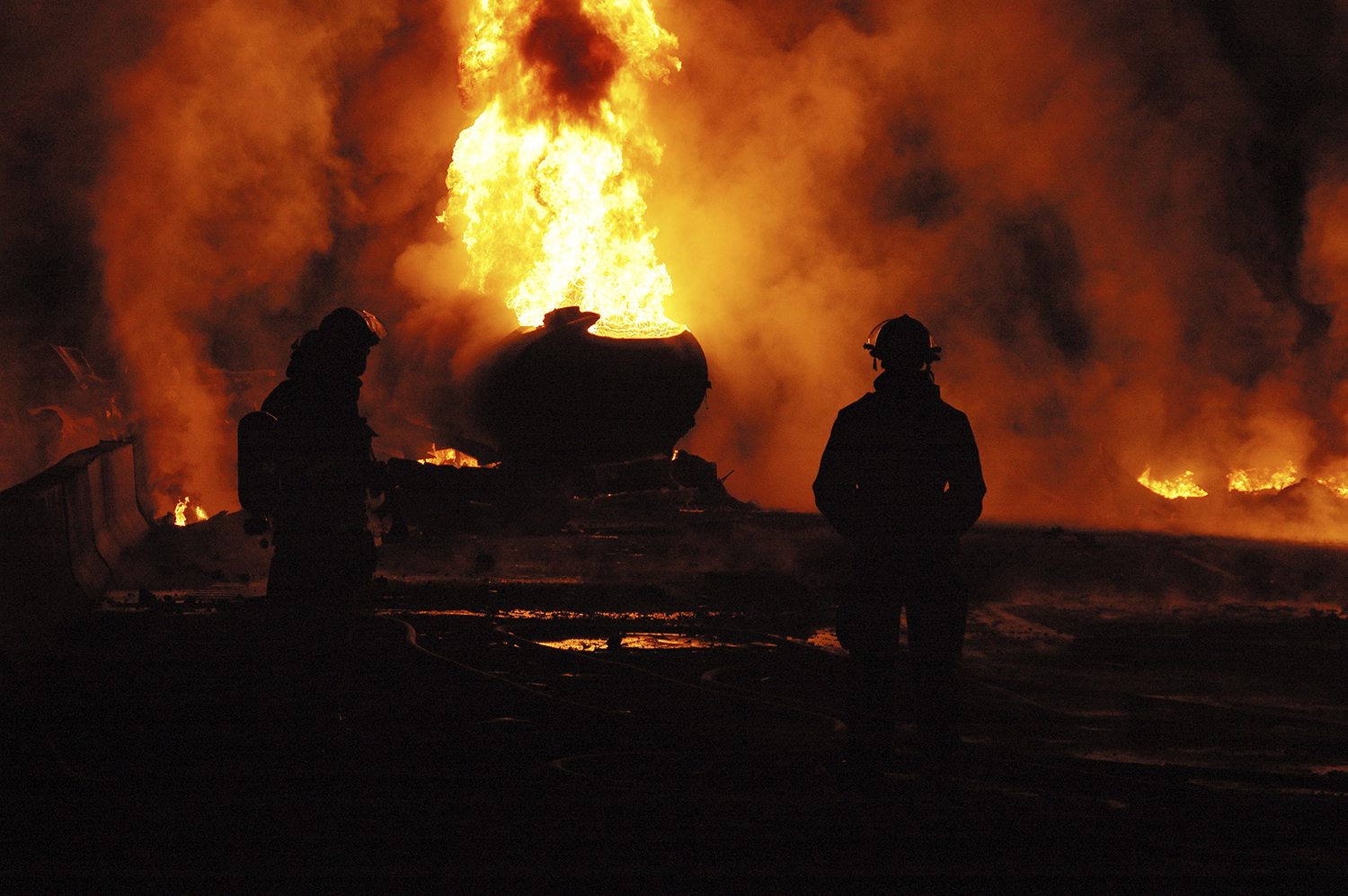A crime is any wrongful act that is punishable by law. The crime rate of a certain area depends on several factors. Some of these factors include economic opportunities and other societal aspects that usually cause conflicts. (Blumstein and Rosenfield, 2008)
Listed below are 7 of the most common crimes in the United States. We have chosen them based on an FBI report that stated the total number of crimes committed (per category) in the U.S in 2012. This report is still the most recent and complete report about crime rates in the U.S.
1. Property Crimes

-
Burglary
It is also known as breaking and entering. A crime is considered as a burglary if a person unlawfully entered a structure to commit theft or felony. (Source: encyclopedia.com)
-
Larceny-theft
This is an unlawful taking, carrying, leading or riding away of property from the possession of other. It includes pickpocketing, shoplifting, thefts of bicycles and motor vehicle parts and accessories, etc. (Source: FBI)
-
Motor Vehicle theft
This means an acquisition (or even an attempt to get) of a certain motor vehicle from its original owner. ‘Motor vehicles’ include SUVs, trucks, buses, motorcycles, etc. (Source: FBI)
-
Arson
This involves willfully burning a certain property (buildings, houses, etc.) with malicious intention. (Source: Merriam Webster)
These are mostly theft offenses but property destruction is also included (e.g. arson). In some definitions, vandalism is included in property crimes because it is also considered as destruction of real or personal properties.
2. Drug Abuse Violations

Drug abuse violations include offenses that are similar to unlawful possession, use, manufacture and sale of narcotic drugs. Some of the most common types of drugs include opium or cocaine (including their by-products), marijuana, synthetic narcotics (such as Demerol and Methadone), and nonnarcotic drugs (such as barbiturates and Benzedrine). (Source: Defined Term)
3. Alcohol-Related Crimes
 We’ve decided to discuss several alcohol-related crimes into one category. These alcohol-related crimes include driving under the influence, drunkenness and liquor laws.
We’ve decided to discuss several alcohol-related crimes into one category. These alcohol-related crimes include driving under the influence, drunkenness and liquor laws.-
- Driving under the influence (DUI) – This crime is not limited to alcohol (some DUI cases involve narcotics and other drugs). However, alcohol is the most common cause of DUI cases among other substances. A driver can be charged with DUI if he/she is mentally or physically impaired while driving a vehicle. (Source: FBI)
- Drunkenness – This is the consequence of taking too much alcohol to the point that an individual loses his/her capacity to think rationally. (Source: Legal Dictionary)
- Liquor laws – Some liquor laws include state or local violation of ordinances that prohibits selling, manufacturing, purchasing, transporting or using alcoholic beverages. (Source: FBI)
4. Violent Crimes

A crime is considered a violent crime if a certain person threatened, attempted or actually used physical force against another person or property. (Source: Cornell University Law School) This type of crime comprises different offenses, including murder and non-negligent manslaughter, robbery, forcible rape and aggravated assault.-
-
-
Murder and non-negligent manslaughter
It is willful killing of another person. This does not include attempts to kill, justifiable homicide, negligence, etc. (Source: Saginaw Valley State University)
-
Robbery
This is a form of theft. What makes robbery different from other property crimes is those robbery victims are most likely to suffer actual injury or were threatened to be harmed. (Source: FindLaw
-
Forcible rape
This involves involuntarily penetrating a victim’s vagina or anus (no matter how slight) with any body part or object. This also include forceful oral penetration of a sex organ to the victim without his/her consent. (Source: US Department of Justice)
In some definitions, child abuse and maltreatment, elder abuse, gun violence, domestic violence, and some other acts that involve violence are also considered as violent crimes. (Source: National Institute of Justice)
5. Disorderly Conduct

A certain action is considered as a disorderly conduct if it causes public disturbance but presents no serious public danger. The definition of this crime varies from different states. (Source: FindLaw) A behavior that could cause a scandal and is morally shocking is also considered as a disorderly conduct. (Source: FBI)6. Fraud

Fraud involves misrepresentation of certain materials and information with the intention of invoking another person to act or respond to that material (I.e. Sign a contract). This misrepresentation would most likely cause financial loss to the victim. (Source: US Legal) Some examples of fraud include inheritance scam, identity theft, lottery scam, etc. (Source: Peoples Bank)7. Offenses Against Family

According to FBI, some of the most common offenses against family include unlawful violent acts done by a family member or legal guardian that could endanger the physical, mental, or economic well-being of another family member. (I.e. Hitting a child) Assault and sex offenses are also included in this category. (Source: FBI)These crimes are just a few of the many criminal offenses in the U.S. We have chosen these crimes since they have relatively higher rates compared to other types of crimes.
-
-
-

